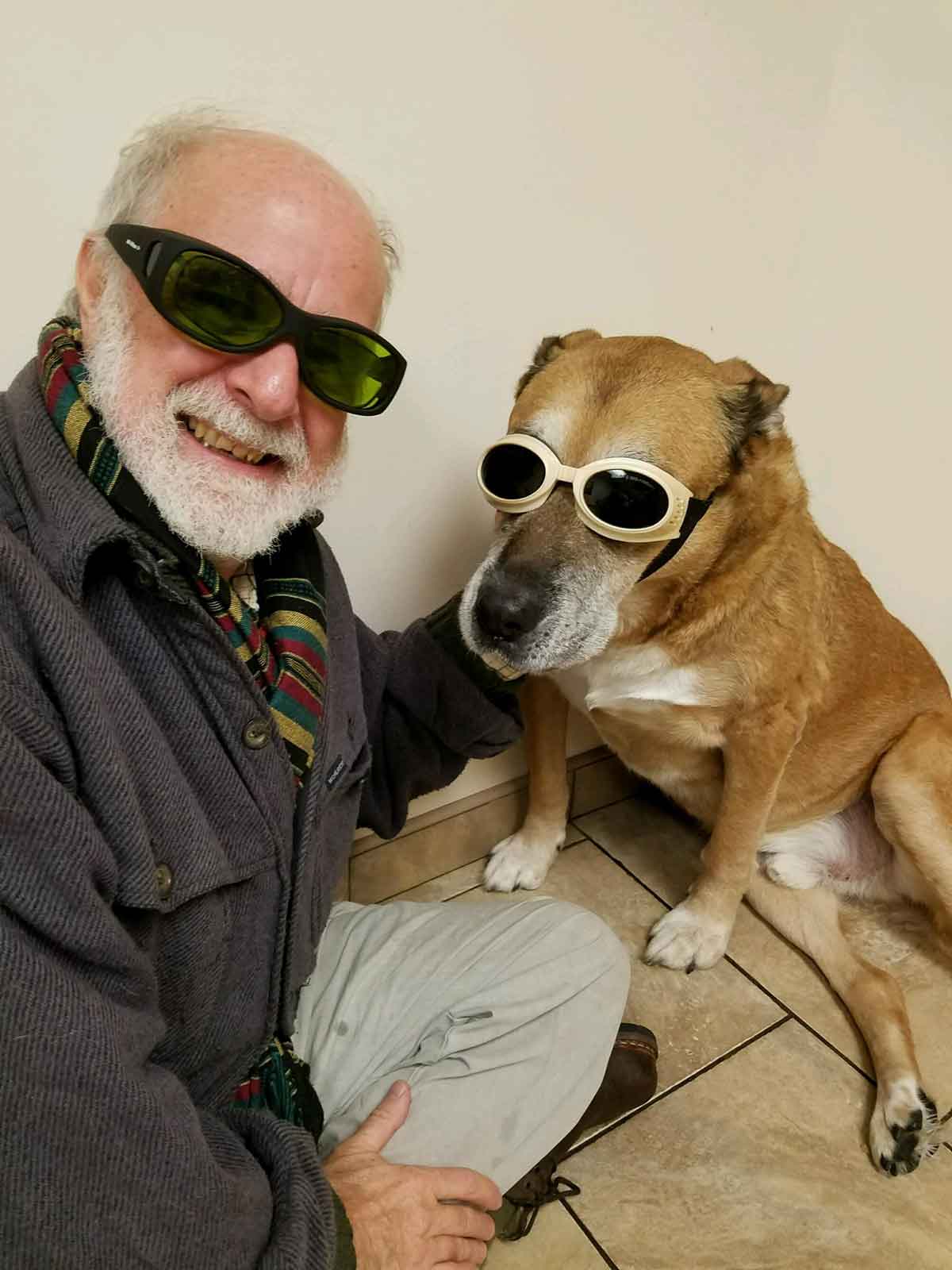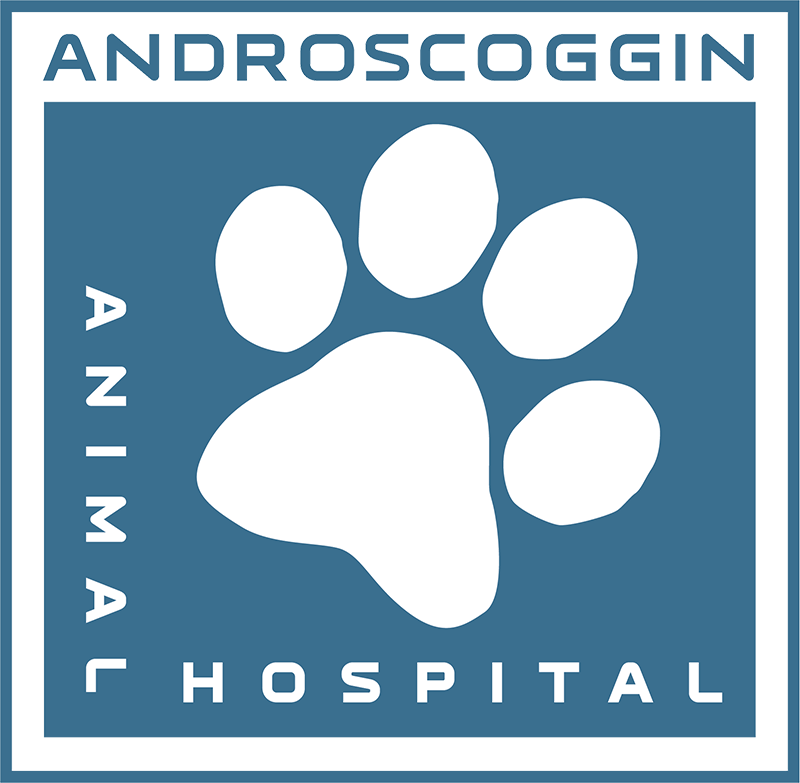Topsham, ME
Pet Laser Therapy
Pet laser therapy is a non-invasive treatment that benefits pets suffering from various conditions. At Androscoggin Animal Hospital in Topsham, ME, our pet laser therapy services help pets heal and recover from injuries, manage pain, and improve their overall quality of life.
MANAGING PAIN AND STIMULATING HEALING THROUGH THE SCIENCE OF LASER TECHNOLOGY
Pet laser therapy, also known as cold laser therapy or low-level laser therapy, involves using a therapeutic laser to deliver targeted light energy to specific areas of the body. It penetrates deep into the tissues, stimulating cellular repair and regeneration, reducing inflammation, and relieving pain. Pet laser therapy is safe, painless, and non-invasive, making it an ideal treatment option for pets of all ages and breeds.

Our class IV laser provides safe and proven biochemical effects:
- Increase Production of Cellular Energy—Cells manage a wide range of functions in their tiny package (growing, moving, housekeeping, and so on), and most of those functions require energy. Cells seek their energy in the form of food molecules or sunlight; this is why laser therapy aids in cellular energy.
- Promote Cellular Regeneration—Regeneration in biology mainly refers to the morphogenic processes that characterize the phenotypic plasticity of traits, allowing multicellular organisms to repair and maintain the integrity of their physiological and morphological states.
- Increase Production of Collagen—Collagen is a unique protein and the building material to renew cells in all areas of the body, including the hair, skin, nails, eyes, teeth, cartilage, bones, tendons, organs, arteries, blood vessels, hemoglobin, immune cells, and the immune system. Collagen is responsible for 80% of all connective tissue and 75% of the skin.
- Vascular Dilation—Also called vasodilation, it increases blood flow in the body to tissues that need it most. This is often in response to a localized need for oxygen but can occur when the tissue in question is not receiving enough glucose, lipids, or other nutrients. Localized tissues use multiple ways to increase blood flow, including releasing vasodilators, primarily adenosine, into the local interstitial fluid, which diffuses to capillary beds, provoking local vasodilation.
- Encourages Production of the Body’s Natural Pain Relievers—As your pet’s natural pain relievers increase, their body will begin focusing on cellular repair to feel much better.
Pain Management
Pets experience pain just like humans do, and we recommend identifying, preventing, and minimizing pain in all dogs and cats. We use pain assessment as the fourth vital sign (along with temperature, pulse, and respiration).
The different types of pain include:
- Acute Pain—Pain that comes on suddenly as a result of Injury, Surgery, or Infection
- Chronic Pain—Pain that is long-lasting and usually develops slowly (such as arthritis)
You can play a key role in monitoring your pet to determine whether they suffer from pain. Be sure to monitor behavior and physical conditions.
Possible signs of pain:
- Decrease in appetite or failure to eat for more than two days
- Change in housebreaking
- Inactivity or an increase in the amount of time spent sleeping
- Excessive panting/breathing heavily while at rest
- Change in behavior/personality/does not want to be touched


